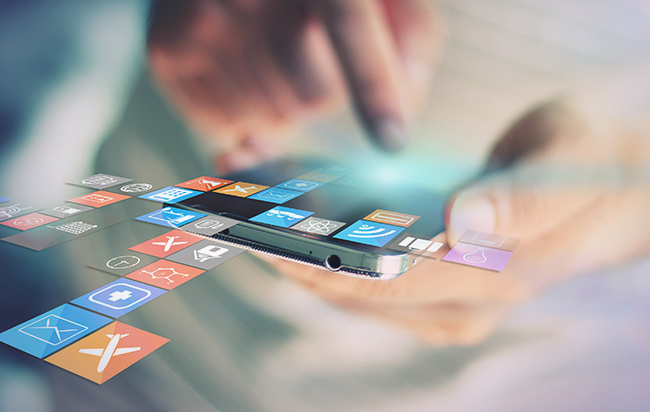
A recent ransomware attack, which focused on Britain’s National Health Service (NHS), has been infecting computers at transportation systems, banks, government agencies, factories, healthcare and more. Over 200,000 computers across several countries have been affected. The attack has led to thousands of appointments and operations at NHS organizations to be canceled.
The ransomware, now named “WannaCry,” affects the Microsoft Windows operating system and uses a known vulnerability to infect the machine. Once a computer is infected from an email containing a malicious link or attachment, the malware has the ability to spread to other unpatched Windows machines on the network.
When infected with WannaCry, the infected computer displays a message exclaiming, "Oops, your files have been encrypted!" The ransomware then demands a $300 payment via Bitcoin. If the victim doesn’t pay within a few hours, the amount rises to $600 and threatens to destroy their files.
The tool the hackers used was taken from the National Security Agency and released on the internet. "We don't expect this to be a sophisticated group," says Tim Wellsmore at Fox5DC.com. "We expect this is a small operation that is undertaking this. They just happen to hit the motherlode. Unfortunately for the rest of us, this thing went quite global quite quickly."
How to Respond Via Social Media When Your company's social media is under attack
WannaCry is just one example of a malware attack that has occurred recently, but more are sure to follow. “Ransomware continues to be a growth business, and a bit of work can provide a serious return. The FBI estimated that ransomware payments topped $1 billion in 2016, and I wouldn’t be surprised if we saw 100 percent year-over-year growth,” says Jon Oltsik at Network World.
The good news is that there are ways you can use social media to help your customers when a malware attack, such as WannaCry, occurs.
1. Monitor current attack trends online
 Your social media campaign needs up-to-date information in order to help your customers deal with the onslaught of malware that may be affecting them. By monitoring current attack trends online, you can stay up-to-date on the latest threats to customers.
Your social media campaign needs up-to-date information in order to help your customers deal with the onslaught of malware that may be affecting them. By monitoring current attack trends online, you can stay up-to-date on the latest threats to customers.
2. Set up a landing page
Landing pages can quickly be set up on your website informing people of the new type of threat and giving them up-to-date information (patches, tools they can download, etc.).
3. Send alerts via social media
After a landing page has been created, social media can be used to alert customers of the threat and provide them with a link to the landing page for more information. This allows your business to be a trusted source during the storm.
4. Use social media listening
Using social media listening, you can monitor when people are having trouble with an infection and then offer to answer questions in a helpful and non-promotional way.
With social media, you have the potential to let existing customers know about actions they need to take to protect themselves from getting infected. This can help your customers improve their security measures and show that your company is a helpful authority during the time of crisis.


by The Penguin Team on May 18, 2017
As a leading B2B digital marketing agency, We help B2B Technology Companies, enterprise software, and hardware companies increase brand awareness, reach more qualified leads and close more customers. Penguin Strategies is a Diamond Partner of HubSpot.





